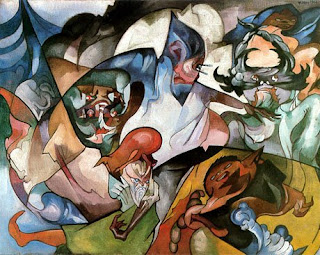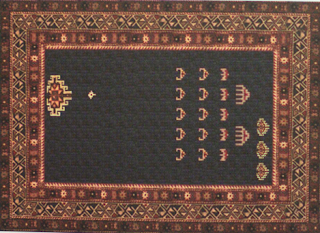Stanisław Ignacy Witkiewicz (Witkacy) (1885 - 1939)
Studied at the Academy of Fine Arts in Kraków under Jan Stanislawski and Joseph Mehoffer.
Polish painter, illustrator, photographer, playwright, novelist, philosopher, art theorist, and critic.
Son of painter, architect and art critic Stanisław Witkiewicz, Witkacy broke from the dominant Social Realism of his time in favor of the avant-garde. After enjoying success as a painter, he resigned from oil painting in 1925, believing that painting could not express pure forms. At this time, capitalizing on his previous success, he started the S.I. Witkiewicz Portrait Painting Firm where he took commissions for pastel portraits and offered varying prices for the techniques and imagery involved. By the 1930's Witkacy started marking his paintings with codes revealing the various drugs he took while working.
Recommended reading:
PS: I tend to think of Witkacy as the Polish Mr. Crowley.























































